With the weather forecast looking rather frosty, the City of Toronto Media Relations has issued the following media release reminding residents to take action to prevent frozen water pipes during extreme cold temperatures.
—
February 11, 2021 – With the continued forecasted nighttime temperatures dropping below minus 10 degrees Celsius for the next week, the City of Toronto urges residents to take the necessary precautions to prevent the water pipes inside their home from freezing. Frozen water pipes can lead to significant and costly property damage should they burst, resulting in no water for several days, depending on the severity of the repairs.
Residents are asked to follow the tips below, or contact a plumber for advice, especially if the pipes inside their home are prone to freezing.
Tips to avoid frozen water pipes in the home:
- Know where to find your main water shut-off valve and how it works (in case your pipes burst) and ensure areas that contain indoor water pipes are kept above 8ºC, especially near the water meter.
- Keep garage doors closed if there are water supply lines in the garage.
- Outdoor faucets are the first to freeze. Unscrew any hoses, turn off the outdoor water supply and let the taps drain.
- Insulate pipes most prone to freezing, especially near outside walls and in crawl spaces, the attic and garage. This can be done with foam pipe covers available from building supply or home improvement stores.
- Seal air leaks in your home and garage to stop cold air from getting in. Check around windows and doors, electrical wiring, dryer vents and pipes.
- Raise the temperature in your home one or two degrees especially at night time.
- Open kitchen, bathroom and laundry cabinet doors to allow warm air to circulate around plumbing.
- For your own peace of mind, you can choose to run a pencil-thin stream of water to ensure some movement of water in the pipes that might be vulnerable to freezing. However, you will be charged for the water used if you choose this step. You must leave a pencil-thin stream flowing 24 hours a day until daytime and nighttime temperatures have returned to normal seasonal averages. Ensure the drain is kept clear of debris to prevent overflowing or flooding
If you turn on your taps and have no water, the pipes in your home may be frozen. Likely places for frozen pipes include against exterior walls or where the water service pipe enters the home through the foundation wall.
Here are some tips and precautions when thawing frozen pipes:
- Apply heat to the suspected frozen pipe by warming the air around it or applying heat directly to the pipe. You can use an electric heating pad, hair dryer, space heater or warm towel or rag. Do not leave electrical devices unattended, or use kerosene or propane heaters, charcoal stoves or any open flame to thaw a frozen pipe.
- Depending on the outside temperature and the extent of freezing within the pipe, the thawing process could take between one and six hours.
- Once the pipes have thawed, turn the water back on slowly and check for cracks and leaks.
- Turn on a tap in the basement, preferably the cold-water faucet in the laundry room.
Learn more about frozen pipes by visiting toronto.ca/frozenpipes. If the steps above do not resolve the issue, call 311 or submit a service request online at toronto.ca/311 and someone from the City will investigate.

